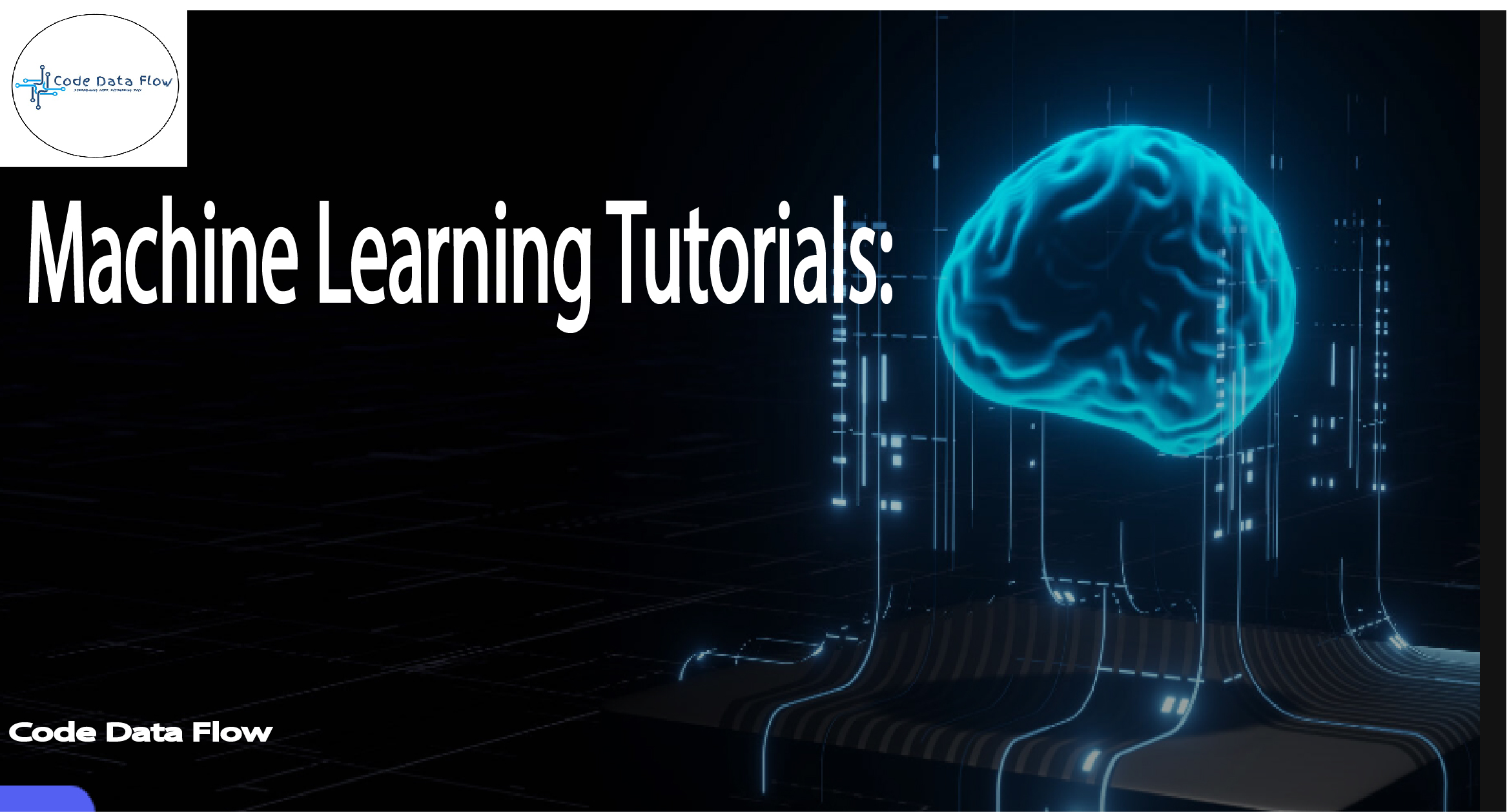
Learn Machine Learning Tutorials:
Machine Learning Tutorials PART (2):
In this article Machine Learning Tutorials we will discuss other models of machine learning.
Machine learning is a subcategory of AI. Its primary goal is to make a computer get the knowledge from the data and thus make the predictions without program itself directly. For beginners in this branch, a tutorial will give them a rich understanding of what machine learning is, its types, algorithms, tools, and practical applications.
Module 4: Reinforcement Learning
There are two major types of reinforcement learning: Model-Based and Model-Free methods are the two broad categories that these methods fall into, and they do this by dealing with the environment in distinct ways.
1. Model-Based Methods
These ways are model a environment to forecast product and agent is doing its actions by simulating potential outcomes.
Markov decision processes (MDPs)
Bellman equation
Value iteration algorithm
Monte Carlo Tree Search
2. Model-Free Methods
These approaches are based on a model of the environment to forecast results and aid the agent in planning actions through simulation of possible consequences.
These methods are not performed or do not depend on a clear-cut environmental model. Instead, the agent gathers knowledge through the process of operating with the environment and the feedback received it adjusts its actions accordingly. Model-Free methods can be further divided into Value-Based and Policy-Based methods:
Value-Based Methods: Are based on learning the value of different states or actions, where the agent predicts the return from each action and chooses the most valuable one.
Q-Learning
SARSA
Monte Carlo Methods
Policy-based Methods: Learn a policy directly (a mapping from states to actions) without estimating valueswhere the agent continuously adjusts its policy to maximize rewards.
Asynchronous Advantage Actor-Critic (A3C)
Module 5: Deployment of ML Models
Once the trained ML model is incorporated in an application or a service, it can be used for making predictions. Without integration, the model is still only a theoretical artifact that is not able to serve end-users. Let’s discover the method of deploying machine learning models into production. Everything you need to learn about Machine learning deployment
End-users need a way to interact with the model, such as by uploading the data or by viewing the predictions. Using frameworks like Streamlit , Gradio , or custom-built web UIs.
Deploy ML web app (Streamlit) on Heroku
Deploy ML Model using Streamlit Library
Create UIs for prototyping Machine Learning model with Gradio
Now, the facility of a machine learning model’s operations can be achieved by other applications or systems that programmatically extract the ML model’s functionality, as a result of this, automation and integration into larger workflows are possible. Tools like FastAPI , Flask , or Django help create RESTful or gRPC endpoints that deliver predictions when called with appropriate input.
Deploy Machine Learning Model using Flask
Deploying ML Models as API using FastAPI
Django – Machine Learning Placement Prediction Project
Machine Learning Diabetes Prediction Project in Django
Module 6 : MLOps (Machine Learning Operations)
Learn how to operationalize Machine Learning models to ensure they are deployed, monitored, and maintained efficiently in real-world production systems.
What is MLOps?
Design Patterns in Machine Learning and MLOps
MLOps Challenges
Continuous Integration and Continuous Deployment (CI/CD) in MLOps
End-to-End MLOps : Comprehensive Project
MLOps Projects Ideas for beginners
Features of Machine Learning
- Machine Learning is a discipline that encompasses computers learning without explicitly being programmed.
- It is very similar to data mining because it involves handling big data in both cases.
- For large companies, branding is an important thing, and thus targeting a more approachable customer base is able to be executed effortless.
- Based on a dataset, ML is able to identify different tendencies, which is important in data.
- Devices learn from the data of the past, and as a result, they can autonomously enhance their functionality.
- Machine learning is data-guided technology. Garand masses of data get generated every day within the organization which in turn feeds the identification of unique relationships and good decision making.